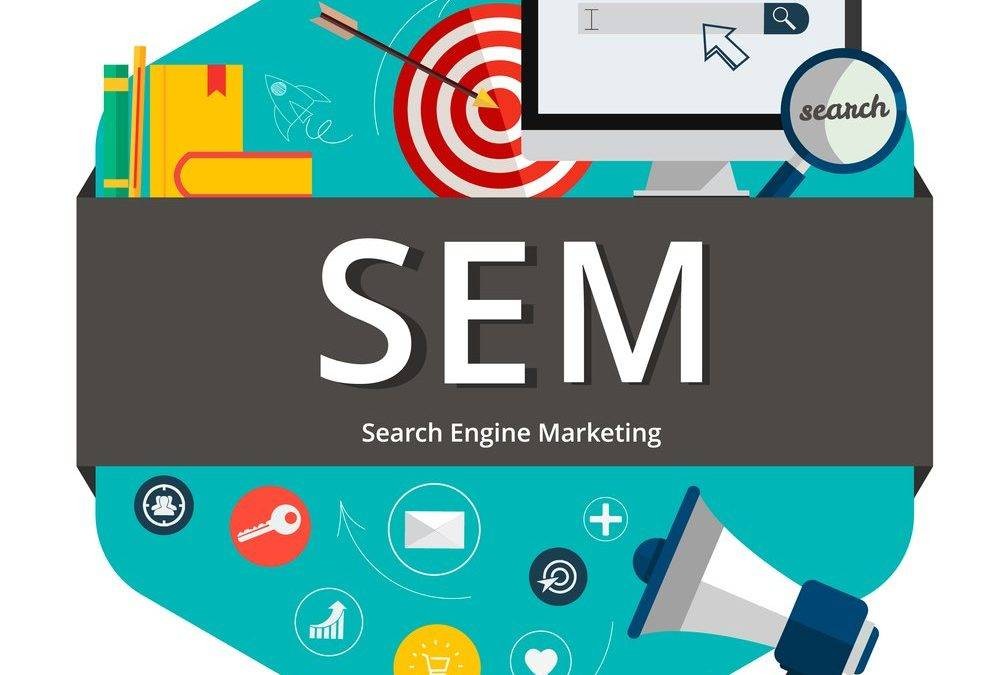Search Engine Marketing (SEM) is a powerful digital marketing strategy that allows businesses to increase their online visibility and reach potential customers through paid advertising. While SEM can be a highly effective tool for driving traffic and achieving business goals, it can be complex and intimidating for those new to the field. In this article, we’ll demystify SEM by exploring its key components and providing strategies for effective search engine marketing.
Understanding SEM:
SEM encompasses a range of techniques and strategies used to promote websites by increasing their visibility in search engine results pages (SERPs) through paid advertising. The most common form of SEM is pay-per-click (PPC) advertising, where advertisers bid on keywords to display their ads to a relevant audience.
Key Components of SEM:
- Keyword Research: Identifying and selecting the right keywords that potential customers are likely to use when searching for products or services related to your business.
- Ad Campaign Creation: Creating and configuring ad campaigns, including selecting targeting options, defining budgets, and crafting ad copy.
- Landing Page Optimization: Ensuring that the landing pages where users are directed after clicking on your ads are relevant, user-friendly, and optimized for conversions.
- Bid Management: Managing bids for keywords to maximize ad exposure and maintain a competitive position in the search results.
- Quality Score: Google, for example, assigns a quality score to ads, which is based on factors like click-through rate and landing page relevance. A higher quality score can lead to lower costs and better ad placement.
SEM Strategies for Success:
- Keyword Research: Start by conducting thorough keyword research to identify relevant keywords for your business. Use tools like Google Keyword Planner to discover keywords with high search volume and relevance.
- Ad Copy and Creatives: Craft compelling ad copy that highlights the unique selling points of your products or services. Use relevant keywords in your ad text and test different variations to find the most effective messaging.
- Targeting: Choose your audience carefully. You can target by demographics, location, device, and more. Ensure that your ads are shown to the most relevant users to maximize ROI.
- Negative Keywords: Implement negative keywords to prevent your ads from appearing for irrelevant or non-converting searches. This can help optimize your budget.
- A/B Testing: Continuously test and optimize your ad campaigns. Experiment with different ad creatives, landing page variations, and bidding strategies to improve performance.
- Tracking and Analytics: Set up conversion tracking to measure the success of your SEM campaigns. Tools like Google Analytics can provide valuable insights into user behavior and the performance of your campaigns.
- Budget Management: Establish a clear budget and monitor spending to ensure you’re getting the best possible results while staying within your financial limits.
- Competitor Analysis: Keep an eye on your competitors’ SEM efforts. Analyze their ad copy, keywords, and landing pages to gain insights and stay competitive.
- Consistency: Consistency is key in SEM. Regularly review and adjust your campaigns to adapt to changing trends, user behavior, and market conditions.
Conclusion:
SEM is a dynamic and effective marketing strategy for businesses looking to increase their online presence and drive targeted traffic. By understanding its key components and implementing the strategies mentioned above, you can navigate the world of SEM with confidence and unlock its potential to achieve your business goals. Demystifying SEM is the first step toward harnessing its power for your digital marketing success.




